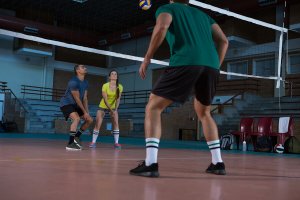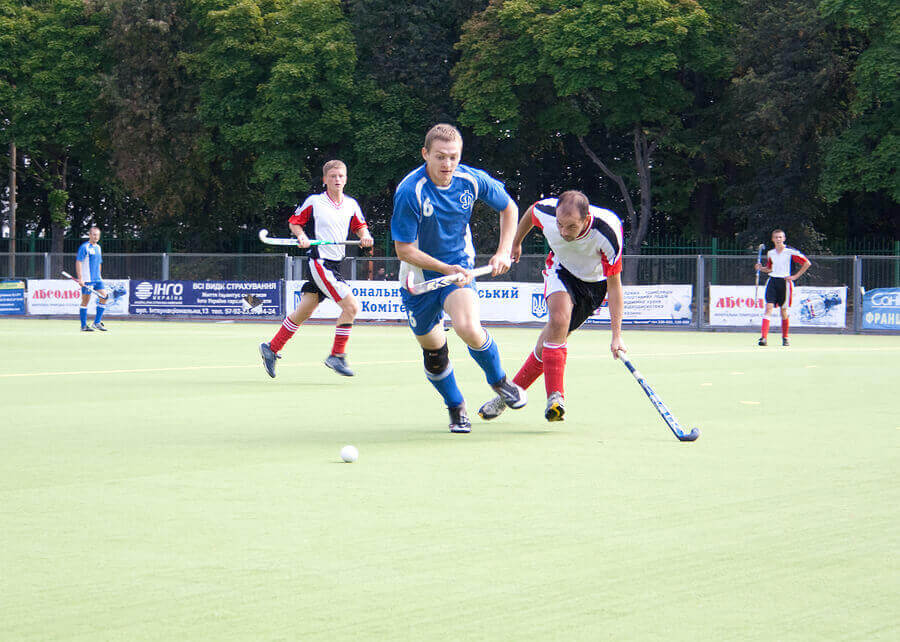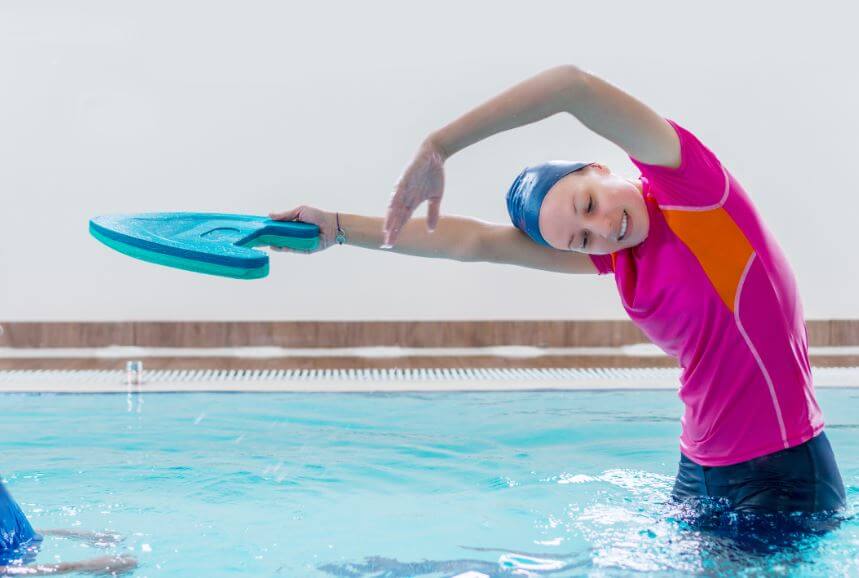Understanding Sport Federations

Sports federations are the entities responsible for organizing major international sporting events. Statues and regulations from respective sports federations oversee the majority of Olympic sport disciplines as well as professional sports.
The structure also regulates sports on a national level. In Spain, many federations have the authority to organize, manage and execute important competitions and official events.
Another important function that federations have is coordinating the selection of players for the national teams that compete internationally.
You’ve probably heard about FIFA, FIBA, RFEF or RFEB already? But many sports fans, and even players themselves, still don’t understand the basics. This includes the formation, objectives, and regulations of sports federations.
In our post today, we’ll look at basic legal aspects of sports federations in Spain. By analyzing these aspects, we’ll have a better understanding of the role they play in sports. We’ll also learn how they encourage athletes in Spain and around the world to improve.
Legal aspects of Spanish sport federations
The Ley del Deporte (10/1991 of October 15, 1990), or Sports Law, is the first law passed to regulate the formation and recognition of sports federations in Spain. In order to better understand the nature of these federations, we have to focus our attention on the third title within this law.
Article 12 stipulates the different types of recognized sports associations in Spain. It also describes the legal status of each association and the main social functions and roles.

Thus, according to Sport Law, Spain recognizes four types of sports associations:
- Sports clubs.
- Professional leagues.
- Sports promoting entities in State matters.
- Spanish sports federations.
Spanish sports federations within the Sport Law
According to Sport Law, the federations are second-tier sports associations. But we still need to understand their legal entities and their general characteristics. This in order to differentiate them from other clubs, leagues and promoting entities.
In Spain, federations consist of private entities that have a legal status that has validity everywhere in the State. Its structure and how it works are based on the articulation of different associations and national sports bodies such as:
- Sports federations from any of Spain’s provinces.
- Sports clubs.
- Professional athletes.
- Coaches and members of the coaching staff.
- Judges and referees.
- Any collaborator or collective that has a direct association with the sport.
All federations have the obligation inscribing themselves in the Sports Associations Registrar [Registro de Asociaciones Deportivas] in order to start any official activity.
Furthermore, these federations can only inscribe once for each discipline, except in the cases of federations for physically-challenged athletes. In the case of the latter, associations follow different regulations (Article 40 of the Spanish Sports Law).
Although Spanish Law and the respective Decree regulate the bases for conformity and registration of Spanish sports federations, it also states that Spain’s provinces have the authority to set and regulate the legal frame for the entities registered in their province.

Spanish sports federations: legal entity and public interest
Despite having a private legal entity, these federations are legal entities of public interest. These federations are considered as such under the understanding that all Spanish citizens have the right to sport.
Thus, these federations can’t act arbitrarily or without consideration for the local or state public. Furthermore, they execute certain public functions by proxy, which are recognized by the Law as “collaborative agents of Public Administration” [agentes colaboradores de la Administración Pública].
Ultimately, the public interest status gives the federations several benefits. For example, they can benefit from preferential access to State funds or the priority in obtaining resources for the sport promotional programs in local and national administrations.
Sports federations are the entities responsible for organizing major international sporting events. Statues and regulations from respective sports federations oversee the majority of Olympic sport disciplines as well as professional sports.
The structure also regulates sports on a national level. In Spain, many federations have the authority to organize, manage and execute important competitions and official events.
Another important function that federations have is coordinating the selection of players for the national teams that compete internationally.
You’ve probably heard about FIFA, FIBA, RFEF or RFEB already? But many sports fans, and even players themselves, still don’t understand the basics. This includes the formation, objectives, and regulations of sports federations.
In our post today, we’ll look at basic legal aspects of sports federations in Spain. By analyzing these aspects, we’ll have a better understanding of the role they play in sports. We’ll also learn how they encourage athletes in Spain and around the world to improve.
Legal aspects of Spanish sport federations
The Ley del Deporte (10/1991 of October 15, 1990), or Sports Law, is the first law passed to regulate the formation and recognition of sports federations in Spain. In order to better understand the nature of these federations, we have to focus our attention on the third title within this law.
Article 12 stipulates the different types of recognized sports associations in Spain. It also describes the legal status of each association and the main social functions and roles.

Thus, according to Sport Law, Spain recognizes four types of sports associations:
- Sports clubs.
- Professional leagues.
- Sports promoting entities in State matters.
- Spanish sports federations.
Spanish sports federations within the Sport Law
According to Sport Law, the federations are second-tier sports associations. But we still need to understand their legal entities and their general characteristics. This in order to differentiate them from other clubs, leagues and promoting entities.
In Spain, federations consist of private entities that have a legal status that has validity everywhere in the State. Its structure and how it works are based on the articulation of different associations and national sports bodies such as:
- Sports federations from any of Spain’s provinces.
- Sports clubs.
- Professional athletes.
- Coaches and members of the coaching staff.
- Judges and referees.
- Any collaborator or collective that has a direct association with the sport.
All federations have the obligation inscribing themselves in the Sports Associations Registrar [Registro de Asociaciones Deportivas] in order to start any official activity.
Furthermore, these federations can only inscribe once for each discipline, except in the cases of federations for physically-challenged athletes. In the case of the latter, associations follow different regulations (Article 40 of the Spanish Sports Law).
Although Spanish Law and the respective Decree regulate the bases for conformity and registration of Spanish sports federations, it also states that Spain’s provinces have the authority to set and regulate the legal frame for the entities registered in their province.

Spanish sports federations: legal entity and public interest
Despite having a private legal entity, these federations are legal entities of public interest. These federations are considered as such under the understanding that all Spanish citizens have the right to sport.
Thus, these federations can’t act arbitrarily or without consideration for the local or state public. Furthermore, they execute certain public functions by proxy, which are recognized by the Law as “collaborative agents of Public Administration” [agentes colaboradores de la Administración Pública].
Ultimately, the public interest status gives the federations several benefits. For example, they can benefit from preferential access to State funds or the priority in obtaining resources for the sport promotional programs in local and national administrations.
All cited sources were thoroughly reviewed by our team to ensure their quality, reliability, currency, and validity. The bibliography of this article was considered reliable and of academic or scientific accuracy.
- Real Decreto 1835/1991, de 20 de diciembre, sobre Federaciones Deportivas Españolas y Registro de Asociaciones Deportivas. Extraído de: http://www.feb.es/Documentos/uploads/RD%20de%20Federaciones%20Deportivas.pdf
- Ley 10/1990, de 15 de octubre, del Deporte. Extraído de: https://www.boe.es/buscar/pdf/1990/BOE-A-1990-25037-consolidado.pdf
This text is provided for informational purposes only and does not replace consultation with a professional. If in doubt, consult your specialist.








